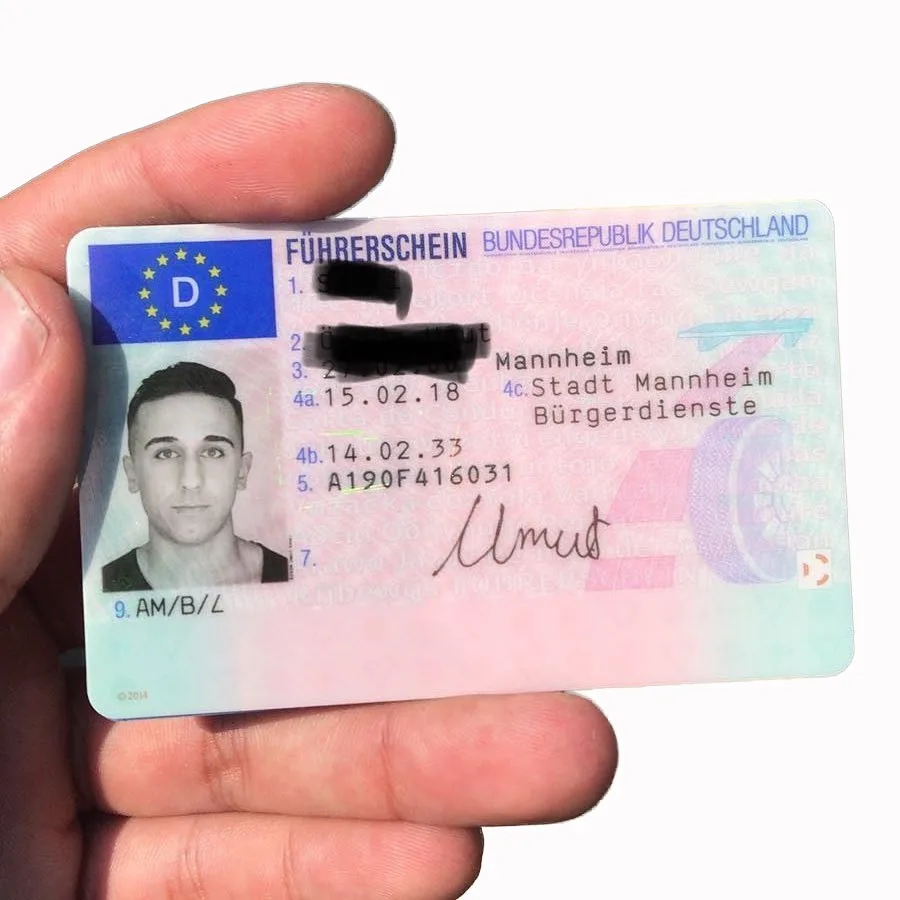10 Beautiful Graphics About Acquire A Driving License

The Ultimate Guide to Acquiring Your Driving License
Getting a driving license is a rite of passage for numerous individuals around the globe. It represents independence, duty, and the capability to navigate the world on your own terms. Whether you are a teen excited to hit the road or an adult seeking to embrace brand-new chances, comprehending the procedure of acquiring a driving license is vital. This article intends to direct you through the needed actions and considerations for acquiring your driving license.
Action 1: Understand the Requirements
The requirements for getting a driving license can differ substantially from one region to another. Familiarize yourself with your regional Department of Motor Vehicles (DMV) or equivalent authority's policies. Typically, requirements may include:
Age: Most places need you to be at least 16 years old to apply for a learner's permit and 18 to obtain a full license.
Recognition: A government-issued ID or birth certificate is generally needed to show your identity and age.
Residency: You might need to offer evidence of residency in the jurisdiction where you are using.
Vision Test: A standard vision test is often needed to guarantee you can see well enough to drive securely.
Step 2: Obtain a Learner's Permit
Before you can acquire a complete driving license, you will usually need to start with a student's license. This permits you to practice driving under specific limitations, usually while being monitored by a licensed adult. The actions to obtain a student's license usually include:
Pass a Written Test: Many locations require you to take a written or computer-based test covering the rules of the road and traffic signs. Studying your state's driver's handbook can be incredibly valuable in preparing for this exam.
Application Fees: Be ready to pay a small application charge to get your student's permit.
Obtain Supervised Driving Hours: There may be a minimum number of practice hours you need to log with a certified driver, usually ranging from 20 to 50 hours.
Action 3: Enroll in Driver Education
Though not always mandatory, enrolling in a driver education course can be extremely advantageous. These courses usually cover:
Theory Lessons: Understanding traffic laws, safe driving practices, and how to handle various driving scenarios.
Behind-the-Wheel Training: Practical driving sessions with a qualified trainer, which can assist build your self-confidence and skills.
Numerous states provide online courses, in-person classes, or a combination of both. Consult your DMV to see what options are available.
Step 4: Practice, Practice, Practice
When you have your learner's authorization, it's crucial to get as much driving practice as possible. Utilize the time to become comfy with:
Parallel Parking: A skill that often shows up in testing.
Navigation: Understanding how to check out maps or use navigation devices.
Driving in Different Conditions: Gain experience driving in different weather and at various times of day.
Aim to practice a range of driving scenarios, including city driving, highway driving, and rural driving to develop your skills.

Step 5: Schedule Your Road Test
When you feel great in your driving abilities and have actually finished the needed practicing hours, you can arrange your road test. This test typically consists of:
Pre-Drive Inspection: You might be asked to show your understanding of the automobile's controls and carry out a security check.
Driving Test: An inspector will accompany you in the car, examining your driving skills, consisting of adherence to traffic laws, roadway positioning, and general control of the automobile.
Make sure to check what documents you need to bring to the test, such as your learner's permit and proof of finished driver education, if applicable.
Action 6: Pass the Road Test
If you effectively pass your roadway test, congratulations! autoführerschein kaufen will receive your driving license. Nevertheless, if you do not pass, do not be prevented. Most locations enable you to retake the test after a waiting duration, offering you the possibility to practice more and enhance your skills.
Action 7: Know the Post-License Responsibilities
Once you acquire your driving license, it's necessary to understand your responsibilities as a driver. This consists of:
Sticking To Traffic Laws: Always follow speed limitations, use your seat belt, and prevent interruptions while driving.
Insurance: Most areas require motorists to have car insurance coverage, so make sure to comprehend what coverage you need.
Renewal: Familiarize yourself with the process for restoring your license, which normally needs to be done every few years.
Conclusion
Obtaining your driving license is not practically passing tests; it's about promoting a long-lasting mindset of responsibility and safety. By following these steps and appreciating the guidelines of the roadway, you'll not just acquire the flexibility of the open road but also contribute to much safer driving environments for everybody. Delighted driving!
